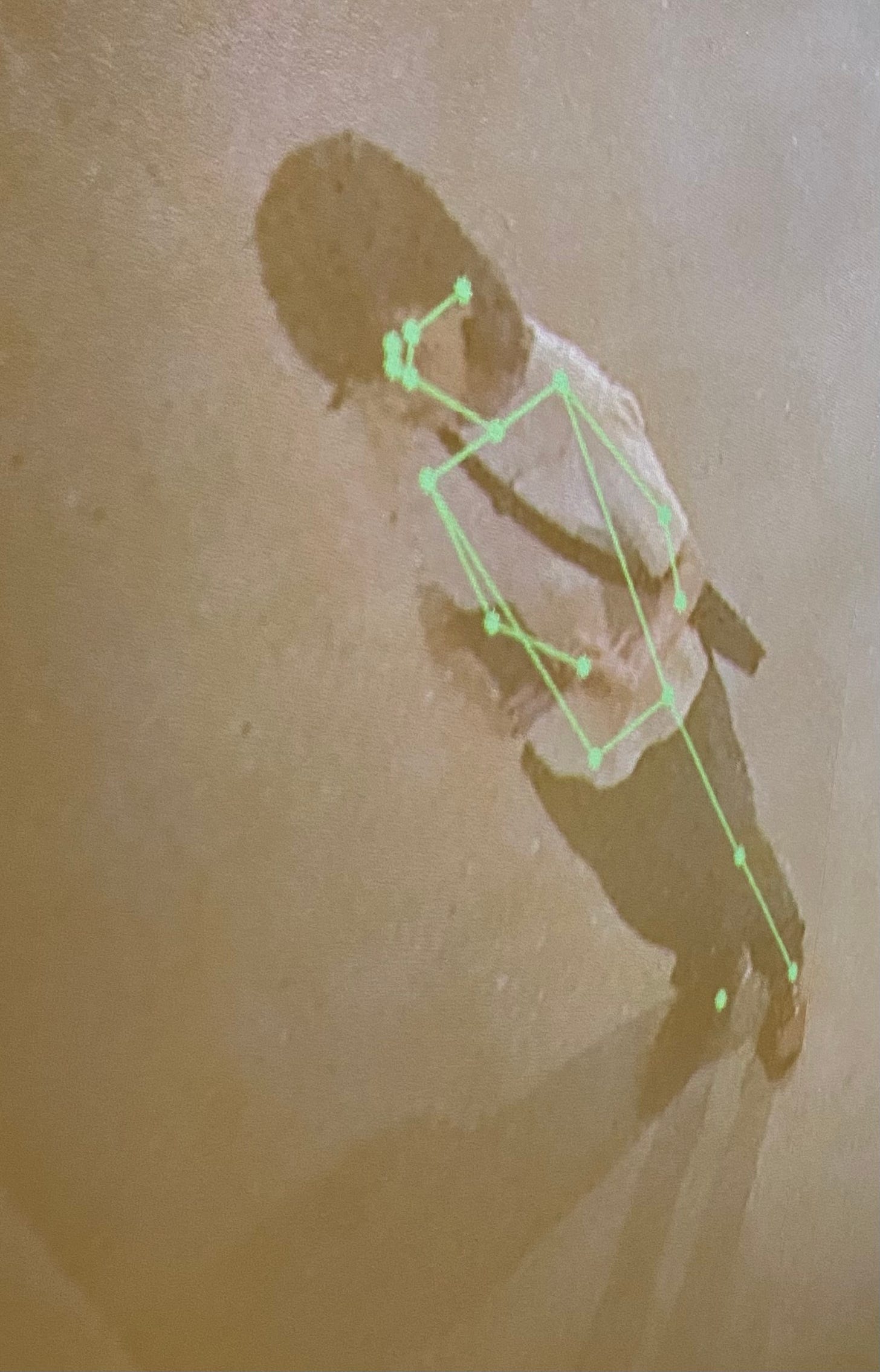Visualizing the Invisible American West
Expedition into the Unseen
If a digital surveillance tool marks me as if I am dangerous data, should I suspect myself of wrong-doing?
Walking through the exhibit, “Out of Site: Survey Science and the Hidden West” at the Autry Museum of the West, I began to doubt even my own innocence in how we view the landscape of the Western US.
In a museum stereotypically associated with Remington statues of cowboys and Native American artifacts, the exhibit invites us beyond the typical sights of the West.
The exhibit opens with a mammoth-sized tome documenting the 1870 United States Exploration of the Fortieth Parallel that included an exploration of what is now California, Nevada, Utah and Colorado along with 19th century photographs of underground mining operations taken by Carleton Watkins.
Of course the idea of Western expansion as progress has now long been challenged and here the documentation comes in the form of art that counters these traditional points of view of the West as a space to be “developed” for its natural resources. Some 90 different piece of art/artifacts that makes clear that the invisible West is still is an essential space for state and industry alike to survey and exploit, be it through mining and agriculture or purportedly for national security purposes.
Many of the artists represented capture this spirit of adventure to embark on their own modern day expeditions. But their journeys are a form of critiquing those quests that have come before them. For “Conquest of the Vertical: 300 Miles to Eureka,” Julie Shafer turned a U-Haul into a pinhole camera and mobile darkroom where she developed photos she was taking of formerly indigenous sites appropriated by executive order and given to the mining interests.
While it’s not surprising, that the US government works hard to limit access and understanding of the West’s location for the production and testing of weapons being created in the name of national security, finding out the difficulties of overcoming them in to produce the sort of witnessing documentation here can be overwhelming.
David Maisel spent a decade asking for the Pentagon’s permission to gain access to Dugway Proving Ground in Utah, where chemical and biological weapons are tested. Once allowed in, he took more than 50,000 aerial photographs of the classified military site, weaving them together into a video projection, “Kydoimos: the Din of Battle” accompanied by sound from composer Chris Kallmyer. I couldn’t tear myself away from this flickering black-and-white soundscape hammering the viewer with views of the horrific work testing done on our behalf on how to best kill other humans.
Will Wilson deployed a drone to photograph “America’s Last Conventional Uranium Mill Energy Fuels, White Mesa Mill,” is part of series of images documenting abandoned uranium mines. There are said to be between 500-1000 abandoned uranium mines in the Southwest. The devastation of indigenous communities continues out of sight for most of us and thus seemingly out of mind. The artist talks about this work in the video below.
The effects of the mines on indigenous people and the land are said to be “devastating.” Wilson, a member of the Navajo nation, told Searchlight New Mexico:
“ ‘Almost everyone on the Navajo Nation has a relative or a friend who’s gotten sick or died from uranium exposure.’ ”
Emmet Gowin was granted access to the Nevada Test Site (now called the Nevada National Security Site) in the Mojave Desert via a helicopter to photograph the craters created from the US military’s testing of nuclear bombs. Writing about these photographs in High Country News, environmental writer Terry Tempest Williams, argued that
“Emmet Gowin is a holy man, a humble and determined witness who made vows to expose what has been hidden, allowing us to see the stark evidence and disturbing aesthetic of testing evil.”
While the representations of rapacious exploitation and ecological destruction are often beautiful, the 1950 photography of Margaret Burke-White reminds of an additional lesson. Here, her aerial photographs such as the photograph, “Crop Protective Pattern, Walsh, CO,” of the industralized approach to farming look like abstract artworks But the accompanying images and text of this work from the pages of a 1954 issue of Life magazine, are a reminder that to change dominant views of the West, we must do more than produce such works. They also need to reach a broad audience.
“Out of Site: Survey Science and the Hidden West” At the Autry Museum of the West. May 18, 2024- Jan. 5, 2025.
The exhibition content also appears in a book published by the University of Washington Press (April 2024).


